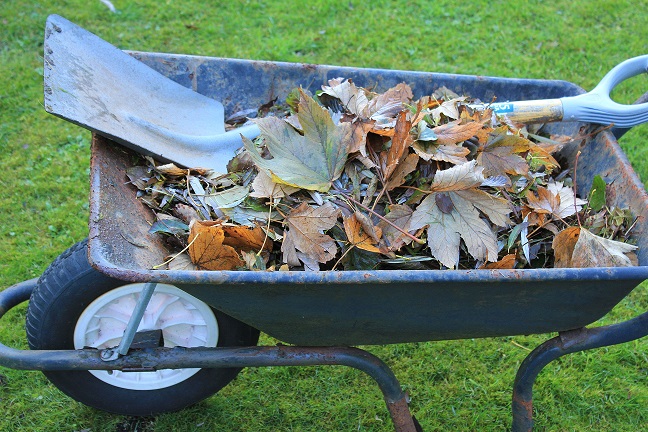
Bioplastics and waste
Waste: Bioplastics in the bio bin.... Or not?
A frequently asked question is what is best to do with the packaging we buy after use. This is not a simple question, because opinions differ. So there are a number of things that need to be explained to get a clear view of the situation.
Recycling or composting?
There are two ways to process used packaging: Recycling and composting. There are two common composting options in the packaging industry: home composting and industrial composting. Depending on the material, packaging can therefore be composted both at home (in the garden) and industrially at the landfill. Although both recycling and composting are environmentally friendly options, we are very much in favour of recycling packaging. This is because recycling packaging skips some steps in the production process, which is not only faster but also more environmentally friendly.
Polylactic acid (PLA)
PLA (from Poly Lactic Acid) is a bioplastic made entirely from plant-based raw materials and is 100% compostable. Please note, however, that this material is only industrially compostable and cannot be composted at home. We therefore recommend that you return this plastic separately to the waste recycler. Is dat niet mogelijk, dan hoort PLA bij het restafval. This waste is incinerated and green energy is released when bio-plastics are burnt. Be careful that this material does not end up in normal plastic, as this can have a bad effect on the quality of the normal recycled plastic.
Mater-Bi plastic
Mater-Bi is a plant-based raw material made from corn starch and, like PLA, is biodegradable and 100% compostable. Therefore, it is best to dispose of this material as organic waste.